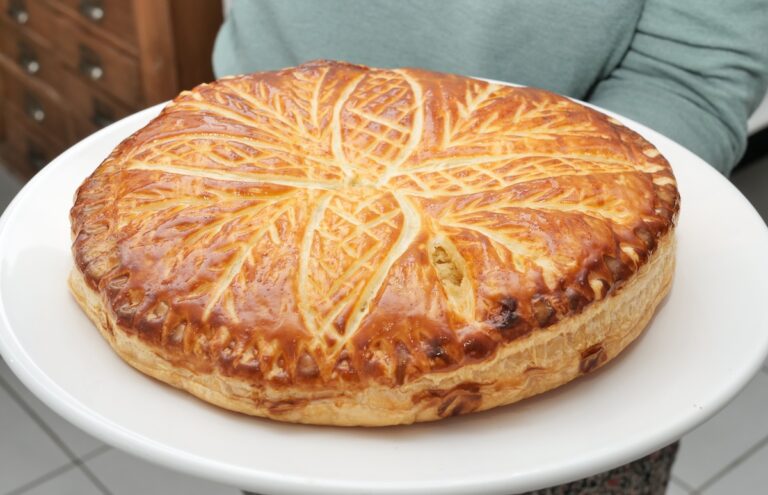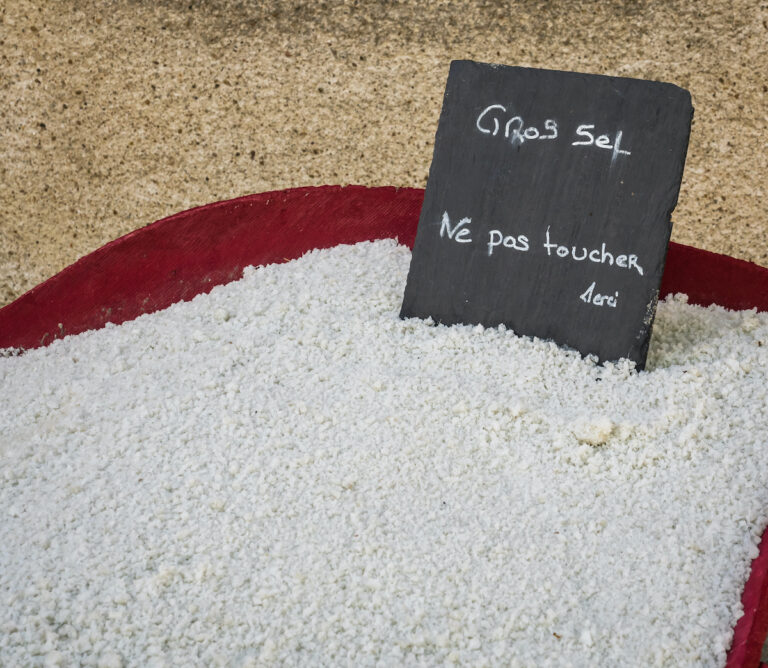January 28, 2022
Dear Frenchly Readers,
This week, we, at Frenchly, published a moving tribute to the late fashion editor and journalist, André Leon Talley, by the talented writer, Karen Karbo. And while I was looking at images of him to go with her terrific essay, I found myself fascinated by his capes and cloaks, which were his trademark—one is hard pressed, in fact, to find an image of him without a cape or a cloak!
The word cloak, it turns out, comes from the old North French word, cloque, traced back to the 13th century (cloche and cloke are also old derivations of the word) and means a “travelling cape that is shaped like bell” or “a long loose outer garment without sleeves.” Cloque, it is believed, was preceded by the Medieval Latin word, clocca, which meant “travelers cape” or, simply, “bell.” The word cloche, of course, was, and is, “bell” in French. But the word clokke, now having made its way to Dutch, means “clock with bells.” Amazing how these words get their meanings.
Cloaks and capes, of course, were not only comfortable, but practical, through the ages. When riding a horse across sodden fields, the cloak would catch most of the mud kicked up by a horse’s hooves, leaving a traveler’s clothes clean. They were a thick layer against the rain (though heavy when wet.) Hooded cloaks were also worn by chauffeurs and drivers of limousines—which were, we learn on Frenchly this week, originally chauffeured horse-drawn carriages that originated in the town of Limoges, France. It’s hard to read any tales of King Arthur or plays by Shakespeare or books by Jane Austen and not find cloaks—not to mention French literature, where cloaks abound. When Madame Bovary packs to leave her husband with the rich and rakish Rodolphe, she requests a “large, lined cloak with a deep collar.”
It was the French, too, who came up with the term “cloak and dagger” (de cape et d’épée), which suggested violence and intrigue. And here is a great site all about the history of cloaks in fashion.
Capes and cloaks and robes have long been a fascination in my family. Of course, there are the famous robes and cloaks swishing around dark passages in Harry Potter and, undoubtedly, the invisibility cloak is the most exciting garment in the entire series, if not all of literature. My younger son and I are just starting the series for what is my second time, and his first, and I do relish the passages especially about Severus Snape snapping his cloak with perfunctory derision. With my older child, we have fallen in love with Dickens. In addition to reading out loud together, we watched, recently, Gillian Anderson starring in Bleak House on Masterpiece Theater. Lots of cloaks there. I admired Lady Dedlock’s cloaks, especially.
That same older son, who is now 13, has been making his own costumes out of all kinds of pieces of cloth and natural material since he was, my gosh, I think four. We gave him a sewing machine when he was ten and, since then, he has been been making more and more fantastic creations–and cloaks have certainly been on the menu. This Christmas he made me my very own Lady Dedlock cloak. It is a thick blue cotton on the outside and a light, sleek lavender inside and has a deep and wonderfully dramatic hood. Here I am in it:

So far, I am not quite as comfortable as Talley was wearing a cloak, and I have no Met Galas to go to (yet), but I am hoping to cross some heathered and muddy fields this spring, my cloak trailing dramatically behind me, and, if I’m really brave, I’ll show up at school pick-up one day in my cloak— I’m sure I’ll never hear the end of it from my sons, but the shrieks of embarrassment alone will make it worth it.
Cook, watch & read ce weekend (Cuisinier, Regarder et Lire):
I hope you all are deep into our one book, one read: The Art of Losing. I am and loving it.
On Frenchly this past week, we have this great piece, mentioned above, about the city of Limoges, France—home to the first Limousine and also the famous china. We have a French Valentine’s Box which we are partnering to bring you with French Wink, a boutique in Chelsea, Manhattan; a piece about the singer Stromae, who opens up about his depression and suicidal thoughts on his forthcoming album; and we have this round up of some cheesy, potatoey stick-to-your- ribs French winter meals.
Speaking of cozy meals, this week was all about chicken in our house. We were in a food rut and needed something new. You too? For some reason, everything our kids wanted this week involved chicken. Though the chicken channel became a little much, I will relay my recipes here in case they might help you try something new, too. On Monday I made a roast chicken to go with some all-day baked beans I made—they were so easy and so sweetly, saltily satisfying (email me if you want my recipe—I have to type it up anyway for a teacher at our kids’ school who wants to try it). On Wednesday we made a chicken coconut dish called Coconut Milk Chicken Adobo from the Times—we did it exactly as instructed, except we used rice vinegar instead of coconut vinegar and we added 1 tsp of coconut sugar after reading the comments. It was truly sublime. But if you don’t subscribe to the Times, this link from Food & Wine is similar. And then we volunteered to make a meal for a family that is navigating the mom’s journey through an aggressive breast cancer. For them, we made a traditional Mexican Sopa de Fideos (soup with noodles.) Here is the Times recipe I used (for changes, I squeezed three limes and one lemon into the soup and also added about two teaspoons of smoked paprika, 1 tsp of ground cumin and ½ tsp of coriander and a little tomato paste to ours). It was amazing with toppings of chopped pickled hot peppers, avocado chunks, chopped cilantro, jack cheese, and an extra squirt of lime in the bowl. So good, our youngest took it in his lunch box today (a non-Times link here to something similar on You Tube).
My husband, Dan, listened to this great piece on NPR this week which features Werner Herzog talking about his 2010 documentary, The Cave of Forgotten Dreams, which is about the Chauvet Cave in Southern France that “contains some of the oldest human-painted images yet discovered,” according to Wikipedia. I am eyeing a huge pile of laundry I need to fold this weekend and hoping that the 51-minute NPR piece, above, will get me most of the way through.
Tonight it’s Friday night pizza—homemade, easy, served with a salad and a sigh that yet another week is over (and gratitude there’s no chicken!) Some weeks my colleague, Émilie, in France (& who designed my Le Weekend logo and this layout), and I email each other pictures of our Friday night pizzas. I love it when we do that. Tomorrow it’s supposed to snow and snow and snow. Sledding on Sunday!
Have a great weekend—and get in touch.
À bientôt,
Did you get forwarded this email? If you like it and want to read more you can subscribe regularly to this newsletter by clicking here. Sign up on the sign-up widget on the front of the screen.
If you have missed any of my Le Weekends or are new to this newsletter, or want to go find a TV show or a podcast or a singer or a movie or a recipe I had in one, they are all here on Frenchly.us. (For real this time.)
Come find us on Twitter, Instagram, or Facebook.
And to advertise with us, contact our great sales team here.











